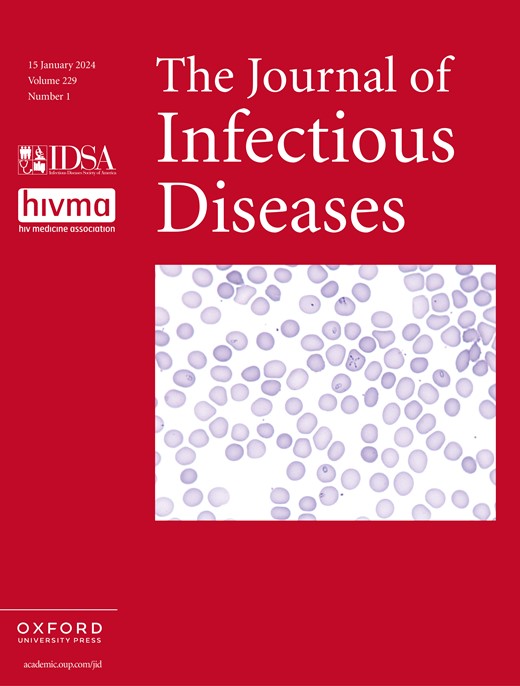量化隐孢子虫元标码研究中的复制滑动误差
IF 5
2区 医学
Q2 IMMUNOLOGY
引用次数: 0
摘要
隐孢子虫是一种常见的人类肠道原生寄生虫,其遗传变异通常基于含有三核苷酸重复序列的标记基因,这些标记基因可区分亚型并追踪疫情爆发。然而,重复区域的复制失误率很高,因此很难从错误中辨别生物多样性。在这里,我们在克隆质粒载体中合成了隐孢子虫DNA,以不同的模拟群落比例对其进行扩增,并利用新一代测序技术对其进行测序,以确定dada2的复制滑移率。我们的结果表明,滑脱率随重复区域的长度增加而增加,可导致高达 20% 的错误率。本文章由计算机程序翻译,如有差异,请以英文原文为准。
Quantifying Replication Slippage Error in Cryptosporidium Metabarcoding Studies.
Genetic variation in Cryptosporidium, a common protozoan gut parasite in humans, is often based on marker genes containing trinucleotide repeats, which differentiate subtypes and track outbreaks. However, repeat regions have high replication slippage rates, making it difficult to discern biological diversity from error. Here, we synthesized Cryptosporidium DNA in clonal plasmid vectors, amplified them in different mock community ratios, and sequenced them using next-generation sequencing to determine the rate of replication slippage with dada2. Our results indicate that slippage rates increase with the length of the repeat region and can contribute to error rates of up to 20%.
求助全文
通过发布文献求助,成功后即可免费获取论文全文。
去求助
来源期刊

Journal of Infectious Diseases
医学-传染病学
CiteScore
13.50
自引率
3.10%
发文量
449
审稿时长
2-4 weeks
期刊介绍:
Published continuously since 1904, The Journal of Infectious Diseases (JID) is the premier global journal for original research on infectious diseases. The editors welcome Major Articles and Brief Reports describing research results on microbiology, immunology, epidemiology, and related disciplines, on the pathogenesis, diagnosis, and treatment of infectious diseases; on the microbes that cause them; and on disorders of host immune responses. JID is an official publication of the Infectious Diseases Society of America.
 求助内容:
求助内容: 应助结果提醒方式:
应助结果提醒方式:


